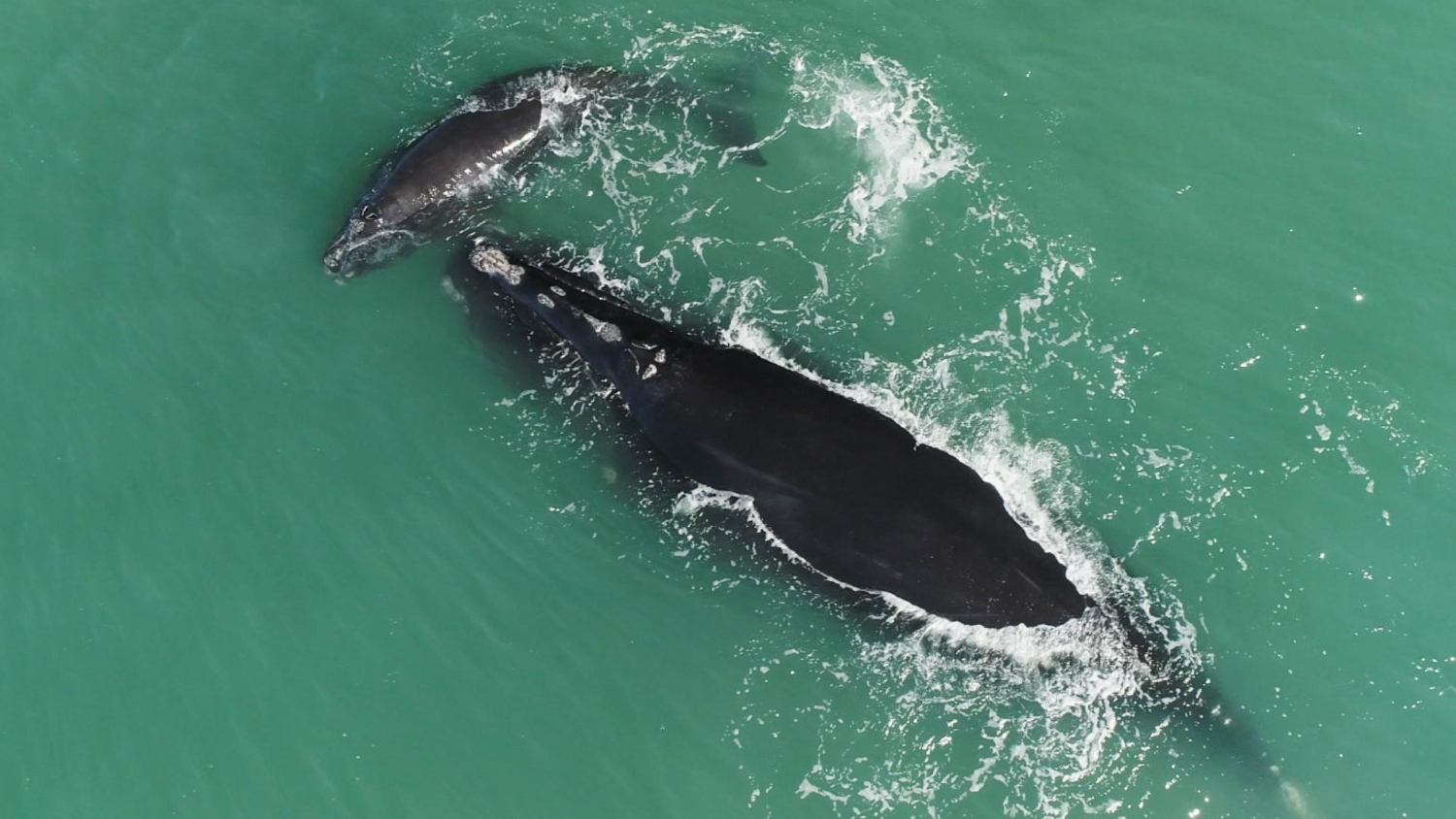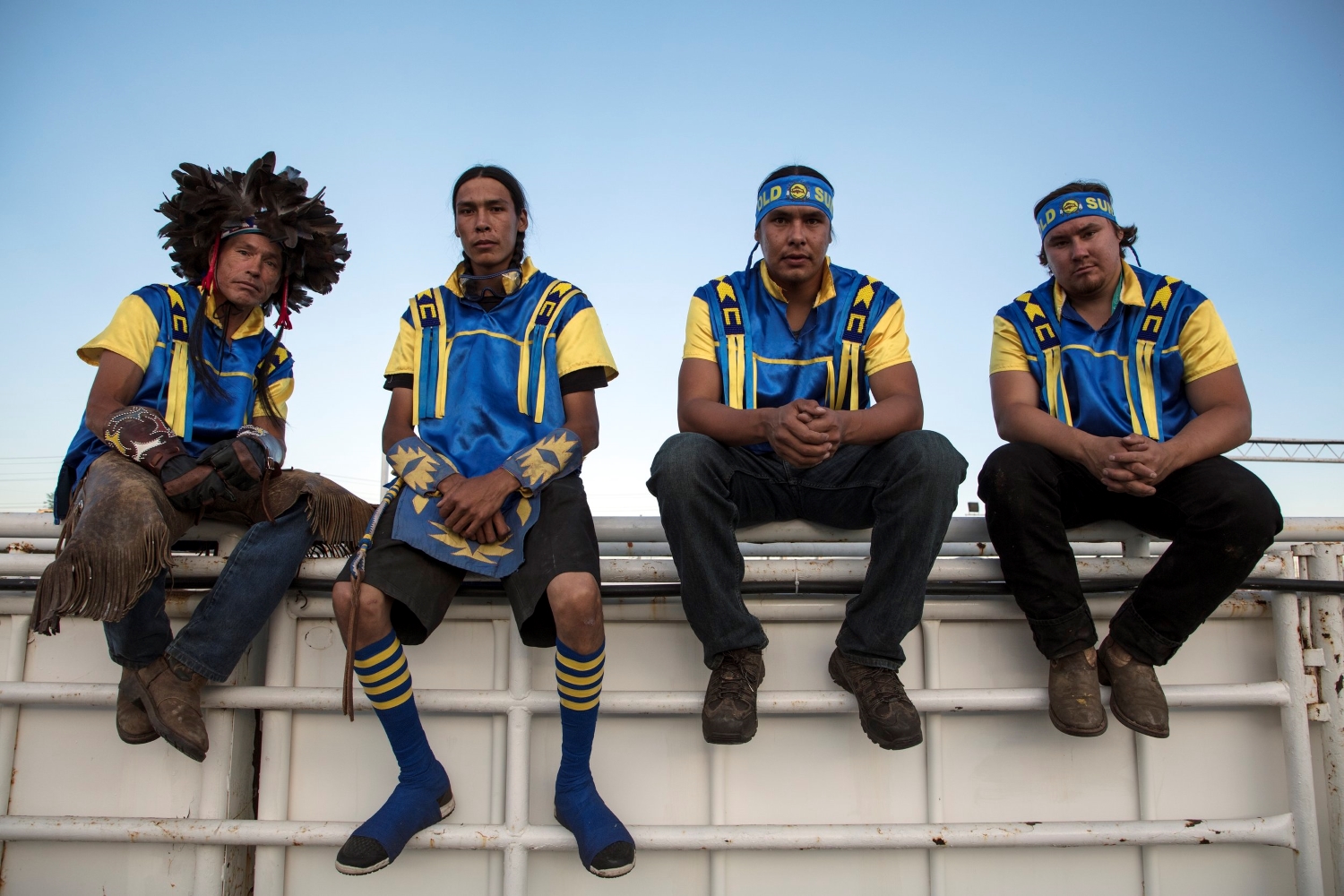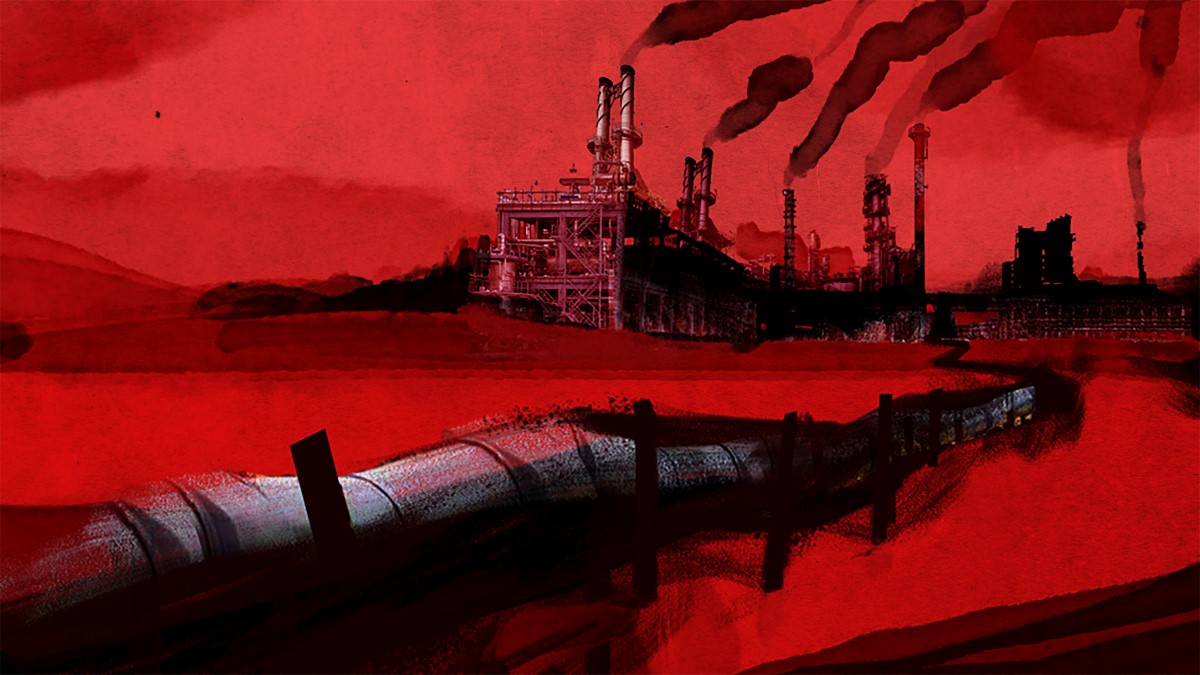“What happened to her calf, and later to Snow Cone, is really illustrative of what’s happening to the species,” observes Last of the Right Whales director Nadine Pequeneza. Snow Cone and her calf are two North Atlantic right whales who figure prominently in this look at an endangered species. Pequeneza captures joyful moments between Snow Cone and her calf as the mother nurtures her newborn and protects it best she can as they veer off course from the traditional migratory pattern.
Last of the Right Whales has a devastating twist with this small but significant family. However, as tragic as it is, the turn of events strikes home what’s at stake for a species numbering 400 and dying at a rate of 25 per year. The film lets users build a relationship with these whales, essentially reminding viewers of their relationship with nature and their implication in its survival.
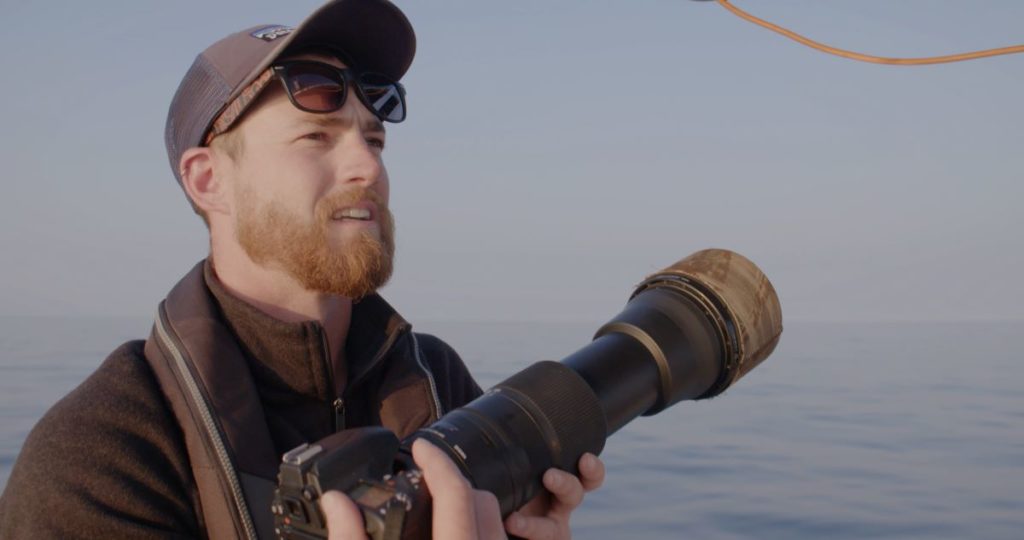
As Pequeneza’s film follows various whales, researchers, enthusiasts, photographers, and activists, it observes a hard but hopeful fact of the whales’ plight. All their recent deaths can be attributed to human activity when a cause of death can be identified. From being sliced, slammed, and knicked by freighters and small boats crossing their paths, or entangled in the lines of fishing gear, which results in slow and painfully prolonged deaths, the North Atlantic right whales face extinction because of humans’ daily behaviour. That, however, means that humans can also be the solution.
Last of the Right Whales observes various hands hoping to inspire change before it’s too late. People like Martin Noël, a crab fisher in New Brunswick, experiments with new trapping devices that reduce the volume of wire in the ocean. Photographer Nick Hawkins, meanwhile, captures stunning still photographs and aerial video footage of the whales in action so that people can see their grandeur, understand their behaviour, and face the fact that humans aren’t the only beings on the planet. The doc offers a compelling and cinematic journey as it follows whale enthusiasts on the hunt for change. Featuring some powerful images that show the whales both in action and fighting for their lives, the film is an urgent call to action for humans to change their ways and live sustainably to preserve wildlife in the global ecosystem.
POV caught up with Pequeneza ahead of Last of the Right Whales release on February 18 and World Whale Day on February 20 to discuss the stakes of her new doc.
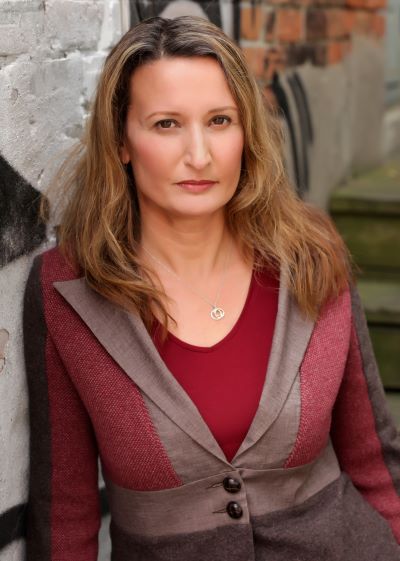
POV: Pat Mullen
NP: Nadine Pequeneza
This interview has been edited for brevity and clarity.
POV: There’s been a herd of whale docs over the last year: Fathom, The Loneliest Whale, Entanglement, Co-Extinction, among others. Where does Last of the Right Whales figure into this larger body?
NP: Those films were being made around the same time as mine. They’re all very different. Fathom is really about how whales communicate, specifically humpback whales. The Loneliest Whale is about [a whale believed to be a blue hybrid] and the search for that whale. Co-Extinction is about orcas, but it was about ecosystems. It had a lot to do with salmon farming and how that impacted the survival of orcas. I can’t say that they influenced me, but I certainly was aware of them while they were being made. For me, the situation with the North Atlantic right whales is so urgent, and it’s been in the US and Canadian press almost daily for the past three years. With the whale deaths that we experienced in 2017, and then again in 2019, that put the story at the forefront of people’s minds.
POV: How did the changes in human activity during COVID effect your ability to track and observe the whales? I know for birds, the reduction in air traffic shifted migratory patterns, but did ocean freight traffic change whale behaviour in 2020 and 2021 and, if so, did that have an impact on production?
NP: The biggest impact that COVID had for us is that it halted production for a year. We had just started production. For our first shoot in Florida, we went down to film the 2020 calving season. We got back and, less than two weeks later, a pandemic was declared, and then all of the research stopped. Things that we had been planning to film just weren’t happening.
We got back out again at the start of 2021 because people had learned to exist within a pandemic and learned how to protect themselves because they knew more about the virus. In terms of the impact on the whale, planes were grounded, so that actually increased demand for shipping. Ship traffic did not slow at all during the pandemic. In fact, it increased. Shipping is one of the major threats. The fishing industry didn’t halt, either, so the whales didn’t get a break through the pandemic, at least not from that perspective.
POV: How did you choose which whales to follow? Snow Cone and her calf are such great characters.
NP: What happened with Snow Cone and her calf was impossible to predict. That’s just one of those fortuitous moments in documentary filmmaking. We were there when Snow Cone had her first calf, and we were able to document that great volunteer citizen scientist group in Florida, the Marineland Right Whale Project, which helps scientists spot whales. The fact that they [Snow Cone and the calf] then went around the Gulf of Mexico, which is so unusual for whales, made them characters from the start. To be able to show this dynamic on a micro level, and to have the audience connect with that mom-calf pair, was reflective of everything that’s happening with the species.
POV: Did you find it a challenge to make people connect with the whales without anthropomorphizing them?
NP: In short: yes. I didn’t shy away from anthropomorphizing the whales. I think it’s necessary for people to see aspects of themselves in nature. I don’t see it as disrespectful to try to see something of yourself in others. It’s a way to connect and to understand, as long as it doesn’t obliterate any other view.
POV: Were you surprised by the reactions that people had to the story of the calf?
NP: People did develop a connection with these animals. Even the bond that you see between mothers and calves is something that everybody intuitively understands. You see the connection that Snow Cone had with her calf; you see them playing. It does look like play and there could be a scientific reason if they’re teaching the calf how to use it fins and tail to find its muscle and learn different behaviors like lifting its fluke out of the water. These are things that that you witness and you can’t help but say, “That looks like learning through play.” That bond is vital to the survival of a calf, just as it is to a baby. People see that, they recognize it, and it creates a connection to the animal.
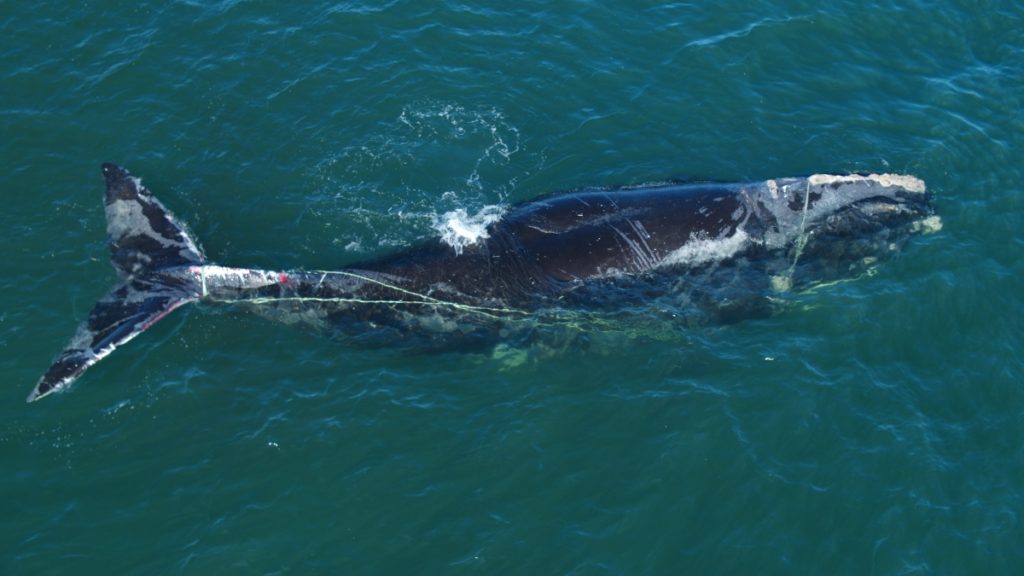
POV: We really get to see that connection through the amazing aerial shots in the film. Did you work with your subject Nick Hawkins to coordinate the shoots?
NP: I worked with five different cinematographers. Some of them were from the film industry and some of them had a scientific background. We were using the DJI Inspire 2, which is a great drone camera capable of shooting 5K, so it’s really high resolution and beautiful cinematography. We didn’t always have the ability to work with film people because you need federal permits to get close to these whales because they’re critically endangered. Who can fly under those permits has to be approved by either the U.S. government or the Canadian government, depending where you’re working.
For some shoots, we were working with a scientist who knew how to fly the DJI. They needed some more pointers in terms of framing and what we were trying to capture, but they knew the behavior and could predict the movements of the whales, which was helpful in terms of getting us into the right position. Whereas, from a filmic standpoint, I could help in terms of where we wanted the lighting, what side we might want to be on, how to frame the shot, and what type of movement. It was good a combination. The aerial cinematography is really unique and getting those permits was difficult, but we captured footage that really hadn’t existed before.
POV: What about on or in the water? Is it too dangerous to dive with the whales?
NP: You can’t dive with these whales because they’re protected. You’re not permitted to put divers in the water because they want to disturb the whales as little as possible. That’s to make sure that we’re not hindering their recovery or reproduction. Normally, if you watch whale films like Blue Planet, a large percentage of them will be all underwater photography, which is why Nick created that ROV [a remote-controlled raft equipped with a camera] that allowed him to get underwater visuals. There are drones, but most of them are tethered—they have a cable, but because of the entanglement issue, that’s not permitted with these whales, so you have to be creative.
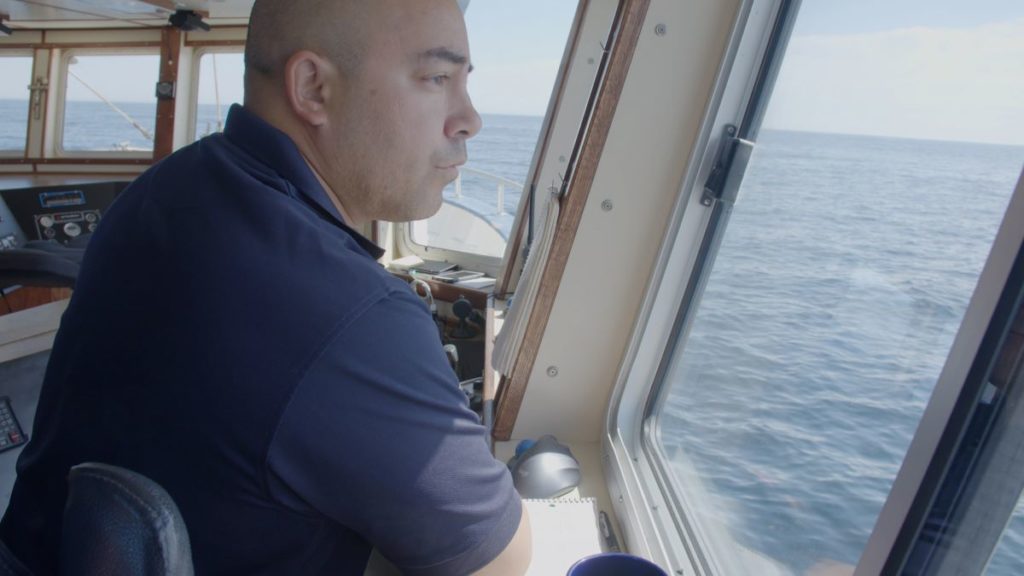
POV: What inspired the choice to include the perspectives of the fishers on the entanglement issue?
NP: Fishers are often presented as the villains or the black cats of the story. I don’t see them that way. I think they’re going to have to be at the forefront of finding the solution. Eighty-five percent of the right whale population has been entangled at least once and it is the leading cause of death. If we want to stop that, we need to work with fishers. That’s why I wanted Martin’s perspective in the film. He’s not the only fisherman testing this pop up gear. He is one of several fishermen who have joined the disentanglement team. [A group of volunteer anglers in the Gulf of St. Lawrence that works to free entangled whales.]
Fishermen have been fishing with fixed lines in the lobster and crab industry since fishing was devised. The right whales have not been coming to the Gulf of St. Lawrence in large numbers prior to 2015, so you can imagine if someone came to you and said you can no longer earn your living because of this problem, and you weren’t even aware of the problem. You have to understand that perspective, and what they’re being asked to do so that we can engage them in finding a solution.
POV: Do you see Last of the Right Whales as a departure from your body of work? Most of your previous docs have a human rights focus.
NP: It is my first wildlife film or eco doc, but I think my background in doing social justice or human rights films informed my approach to this film. It’s a film about a critically endangered animal, but it’s really about how we treat nature and how we see, or don’t see, ourselves as part of the ecosystem. It’s about trying to recalibrate that relationship with nature. It’s really a film about us. We’re asking people to consider their responsibility to nature and to each other because we are a part of that ecosystem. We can’t look at nature as a resource. We have to think of it in a more holistic way. For that reason, I don’t see this film is a big departure from what I’ve done in the past.
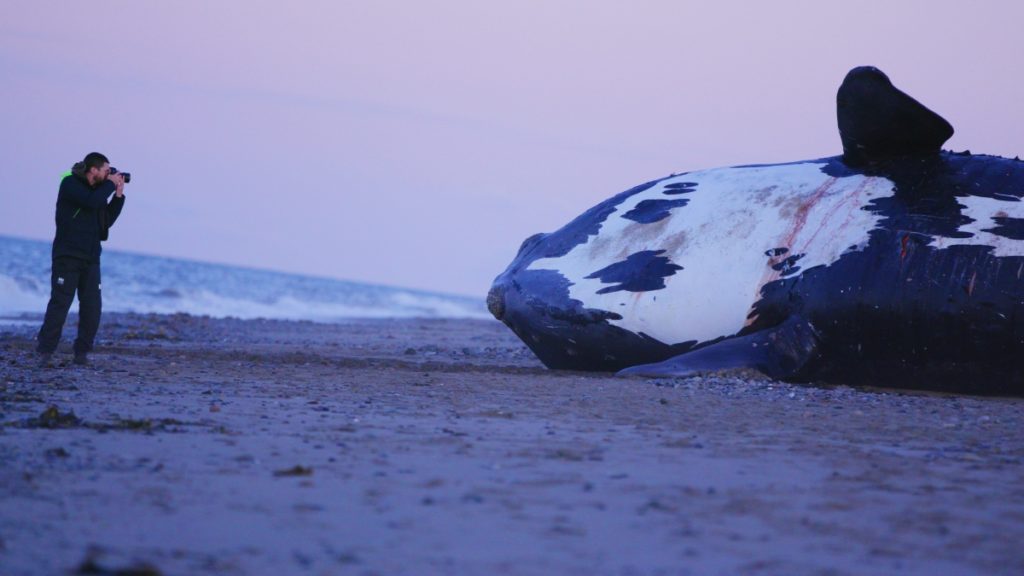
POV: What are some ways that viewers can get involved through your impact campaign when the film inspires them to act?
NP: We’ve organized panels across the country with people from the filmmaking team, myself, other participants, and scientists who work daily with these whales. We’ll answer questions and talk about what you can do. People who have already seen the film can go to our website and take action page where they’ll find an email campaign for both the United States and Canada because whales cross into both jurisdictions. You can write to President Biden or to Prime Minister Trudeau in support of protection measures for North Atlantic right whales. There’s also a survey with questions about what you would be willing to do to support the recovery and protection North Atlantic right whales. That information is helpful to organizations like IFAW [International Fund for Animal Welfare] and the Canadian Wildlife Federation in their advocacy work and outreach. There’s lots that can be done and we’re trying to make it as easy and accessible as possible for people.
Last of the Right Whales opens in theatres beginning Feb. 18.
Find local screenings here.
It also screens at Kingston Canadian Film Festival and Available Light.




